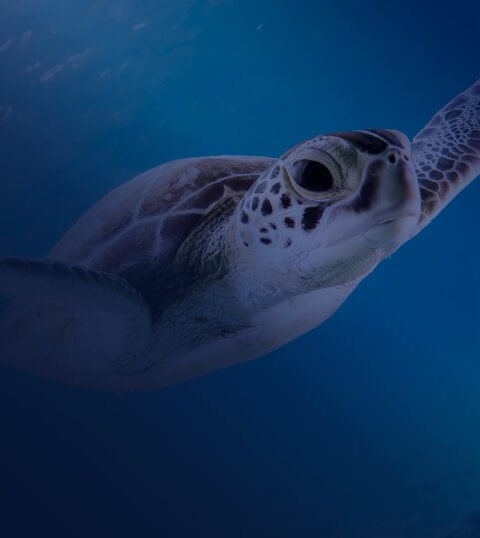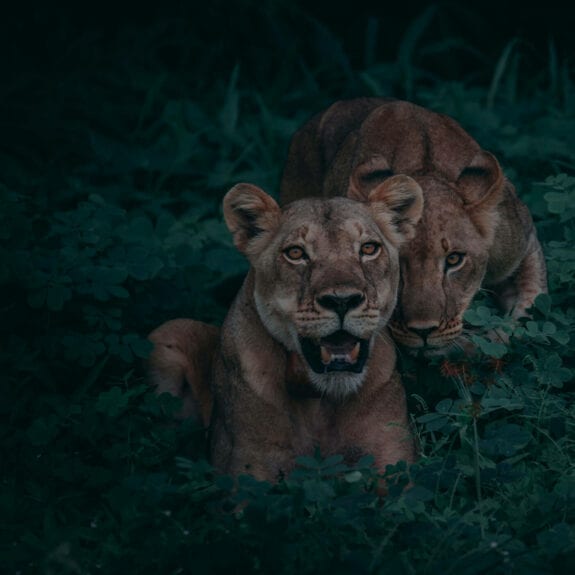
Why protect species
The alarm has been raised repeatedly about the decline in biodiversity across the planet.
By allowing this decline to continue, we erode the very foundations of our traditions, economies, livelihoods, food security, health, and even the existence of life worldwide.
Why Are Species Important?
The millions of species on land, in freshwater and in the ocean have evolved over millennia and form the web of life that sustains the planet. Species and their populations are the building blocks of ecosystems, individually and collectively securing the conditions for life. They provide food, medicine and raw materials. They are the basis of soil formation, decomposition, water filtration and flow, pollination, pest control and climate regulation. They are the primary source of income and resources for hundreds of millions of people around the globe.
Species are an essential part of the history, culture, tradition and folklore of every culture on Earth and their aesthetic values and spiritual roles provide comfort and inspiration as well as recreation.
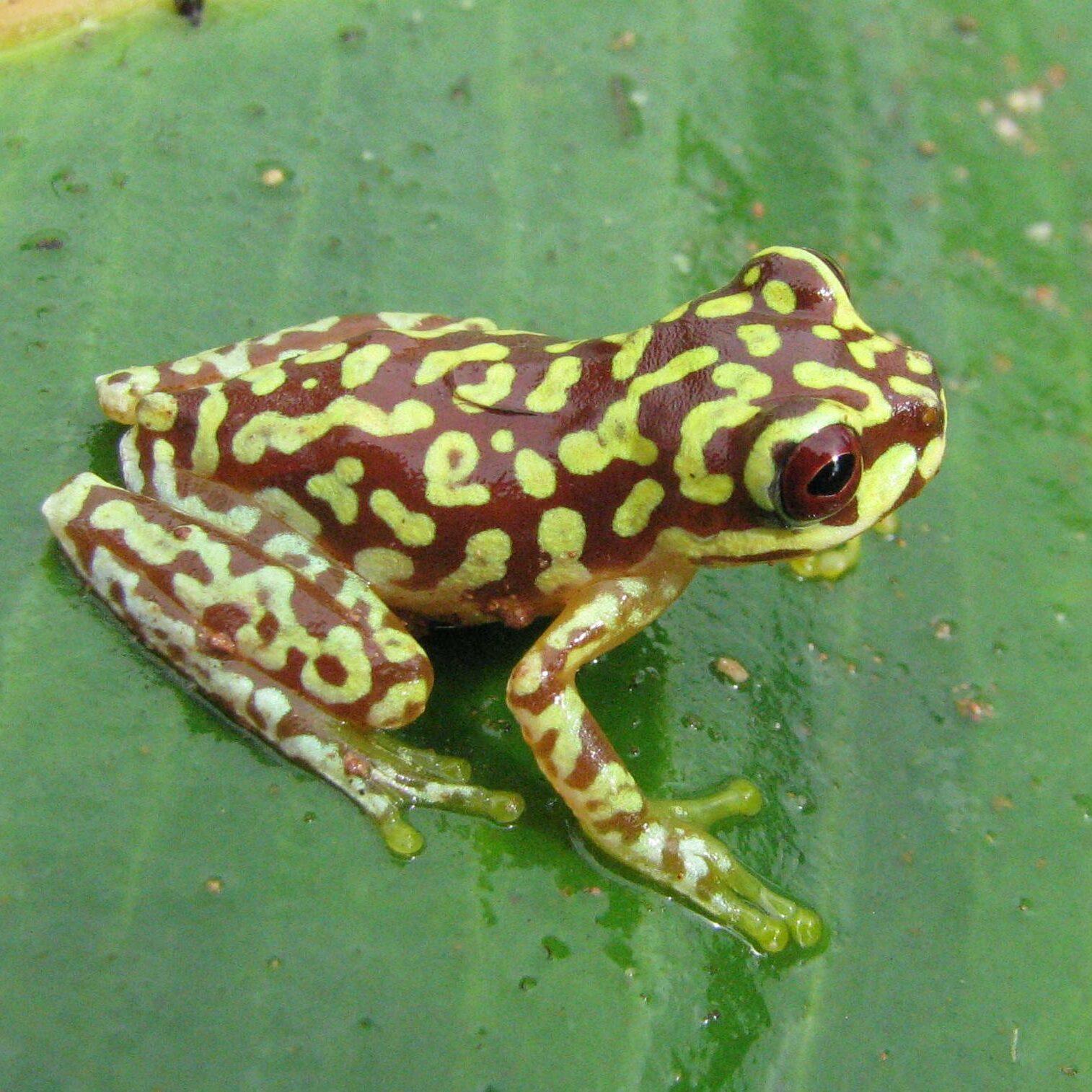
The Species Emergency
The IUCN Red List of Threatened Species™ reveals that a quarter of all species face high risk of extinction. Human activity has severely altered more than 75% of the Earth’s land and freshwater areas, and 66% of the oceans. Climate change and political instability are exacerbating this crisis at all levels.
Species loss at current rates will eliminate the vital ecological, economic and cultural roles that they fulfil. The crisis goes beyond species loss; human pressures mean that a vast array of species are experiencing dramatic population declines (often irreversible) to a level that affects their future and our resource base. It is beyond question that the current way of life is unsustainable and transformational change is vital.
The world’s people must accept responsibility for this emergency and act now to ensure we pass on a rich natural heritage to future generations.
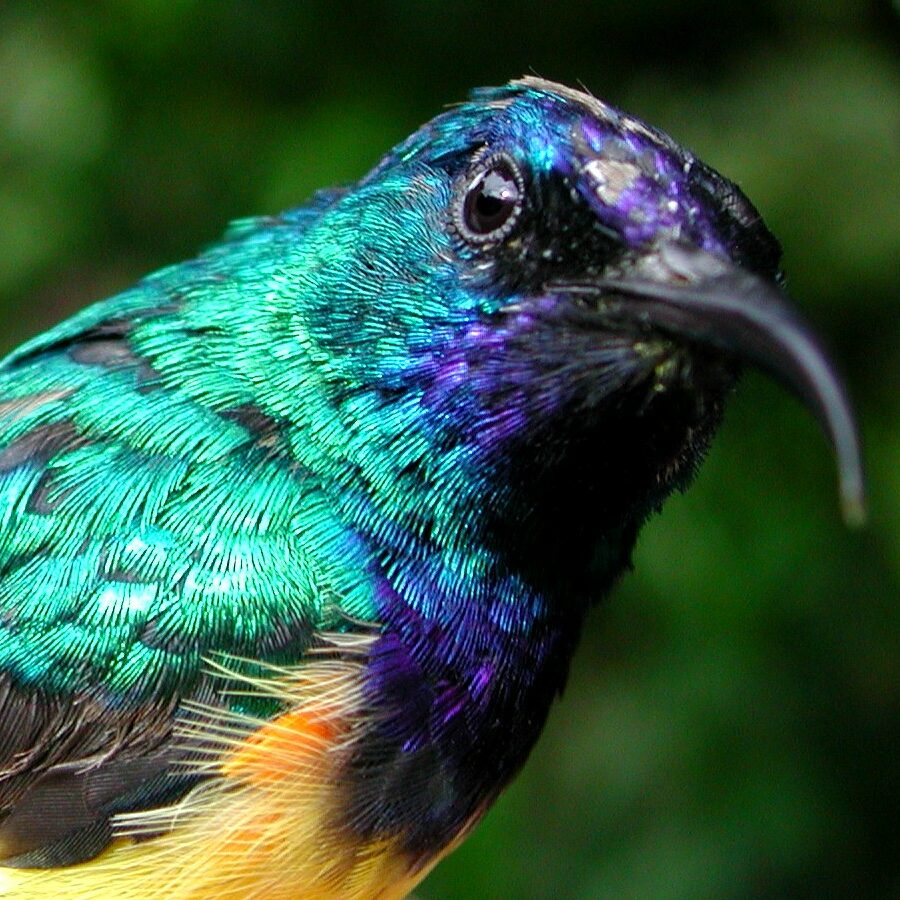
Threats
The key threats that are driving population declines and extinctions include :

Habitat loss & degradation

Poaching

Diseases

Pollution
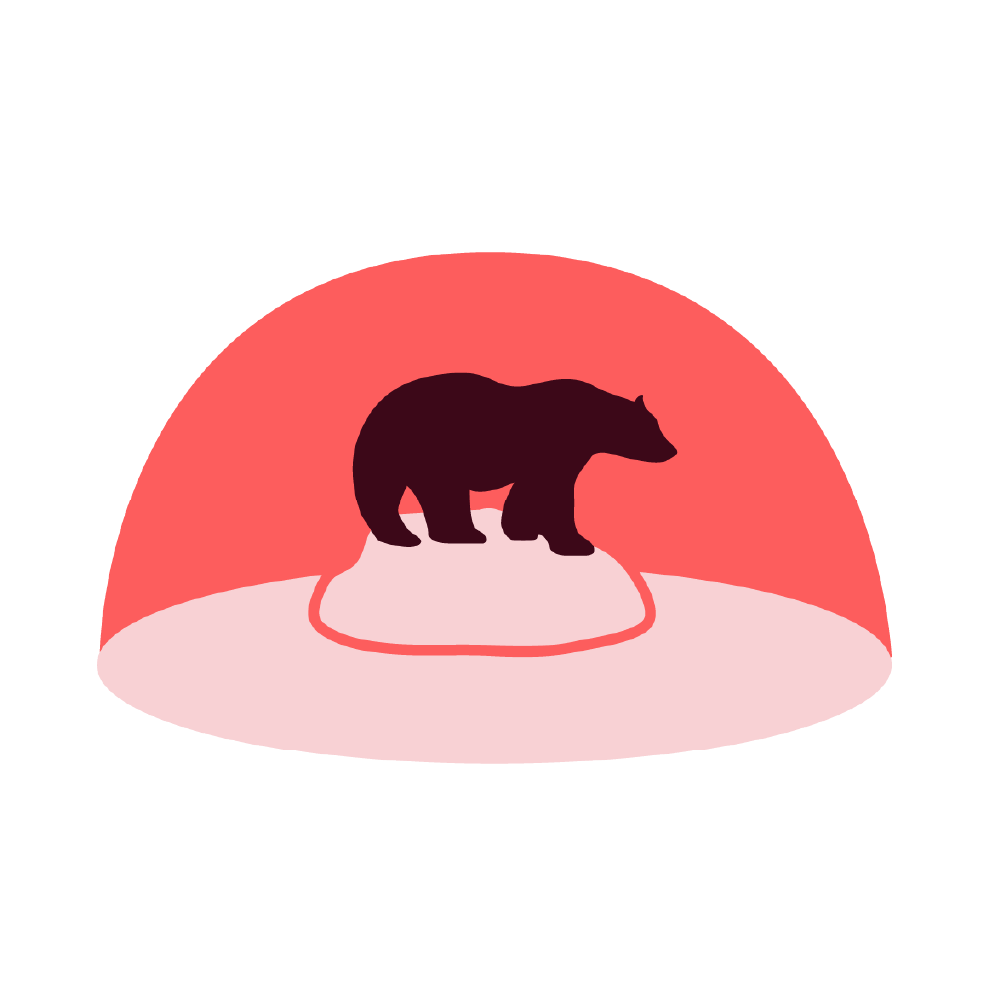
Climate change

Invasive alien species
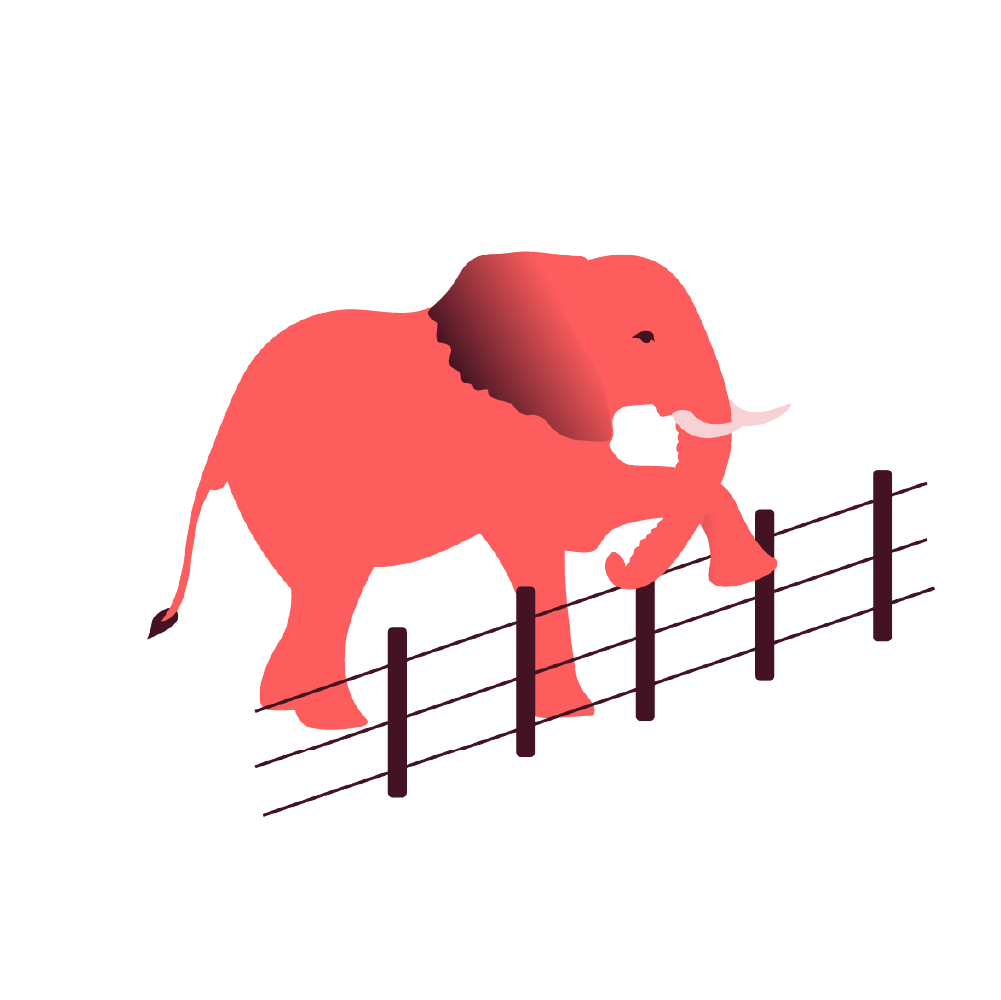
Human-wildlife conflict
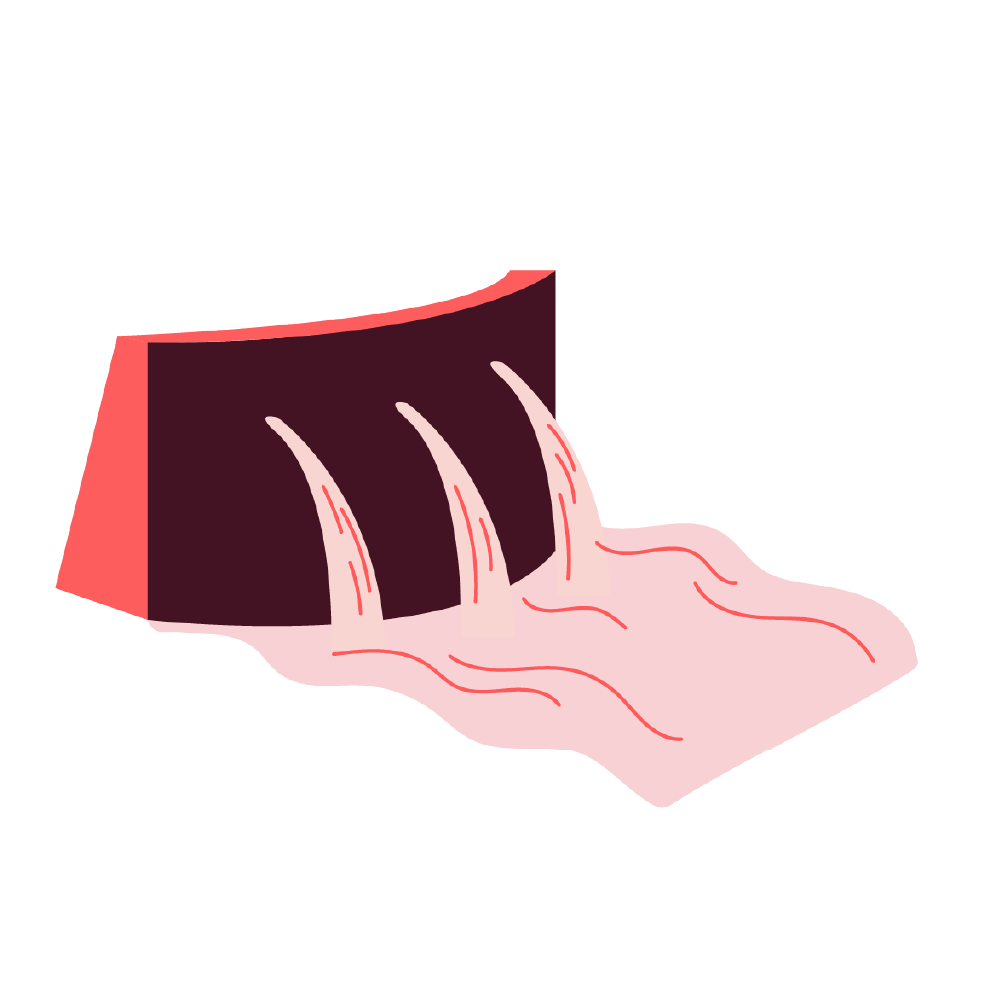
Disruption of water flow
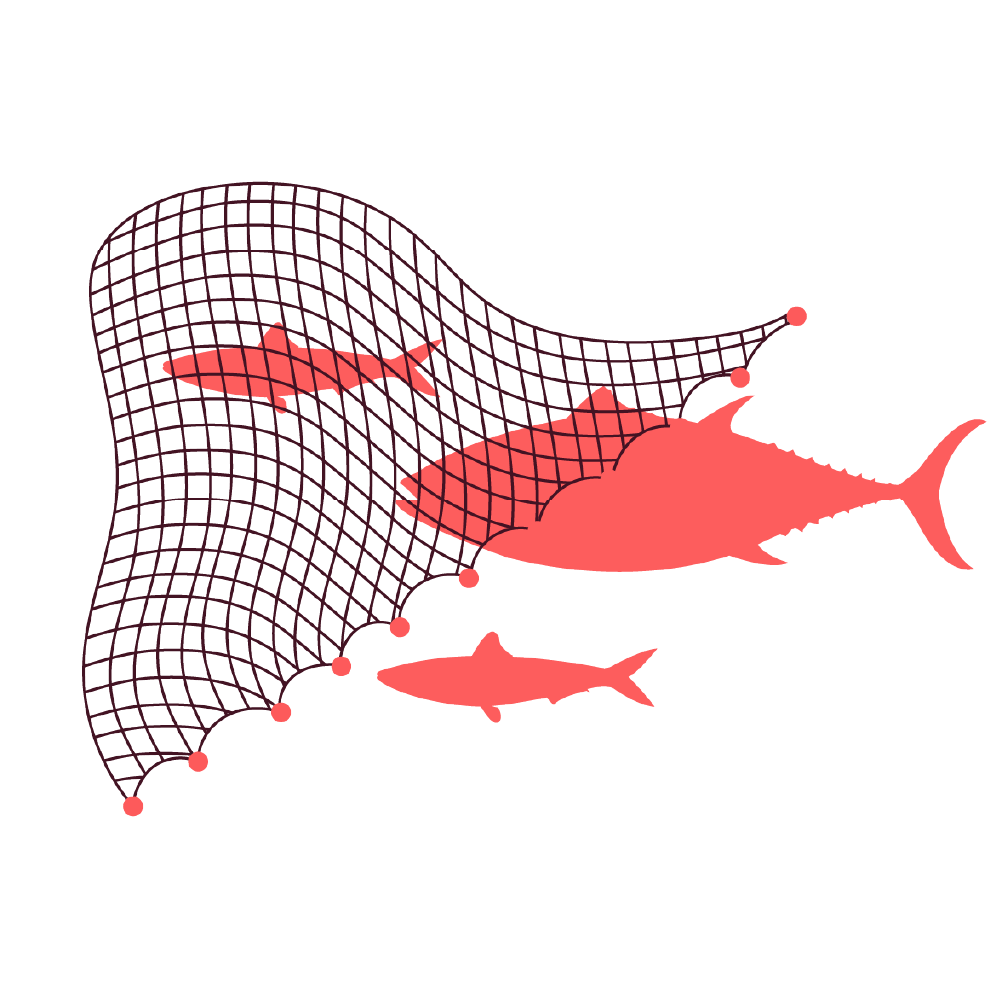
Over-exploitation of natural resources & prey depletion
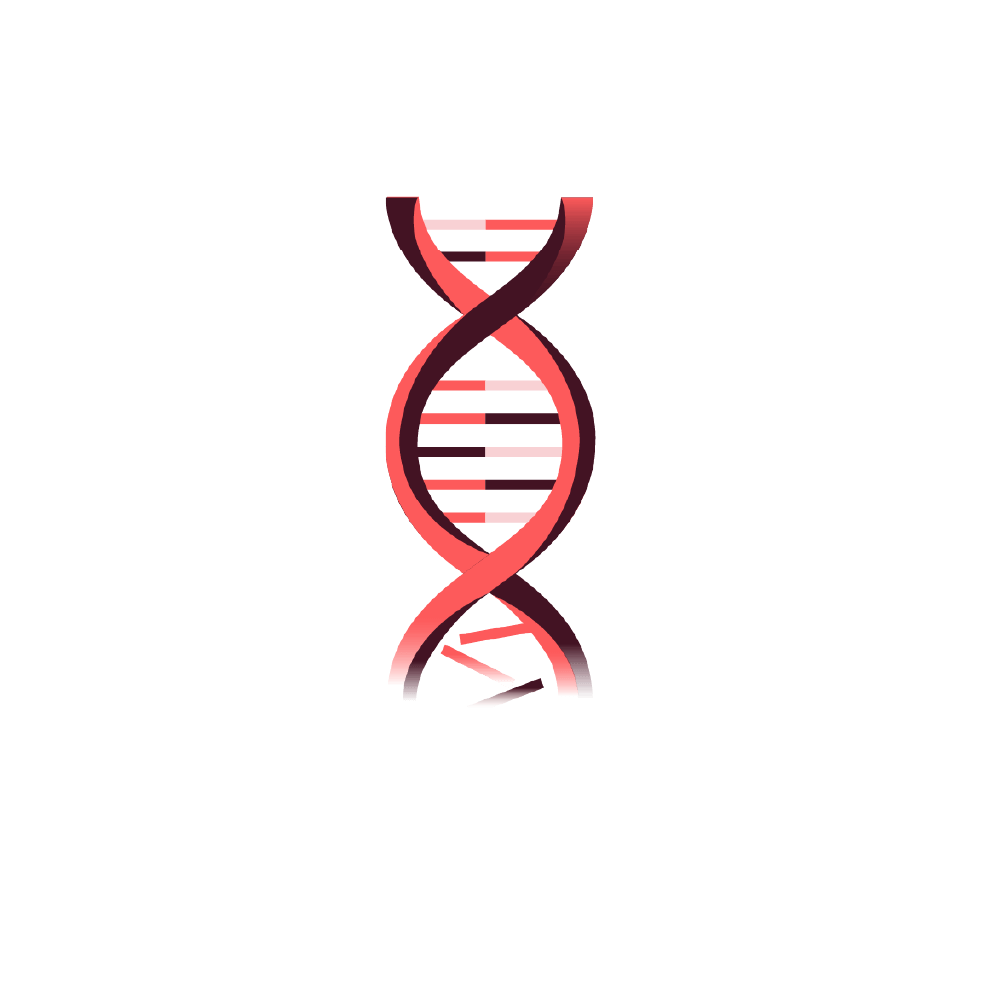
Reduced genetic diversity
Why Now?
- Over the last few years, we have seen how the world has changed: from youth to business, the global community has now recognised the irreplaceable and vital role of biodiversity and its intrinsic link to the climate change crisis we are facing.
- Biodiversity is affected by climate change, with negative consequences for human health, but biodiversity, through the ecosystem services it supports, also makes an important contribution to both climate-change mitigation and adaptation: conserving and sustainably managing biodiversity is critical to addressing climate change (Secretariat on Convention on Biological Diversity, 2019).
- We cannot overcome climate change without the help of ecosystems: they provide up to 35% of the solutions that can help keep global warming below 2°C (Griscom et all, 2017).
- Yet, the current global response if insufficient: more than 1,000,000 species are threatened with extinction (IPBES, 2019).
- The current rate of species extinction has no precedent since the dinosaurs’ extinction 66 million years ago.

